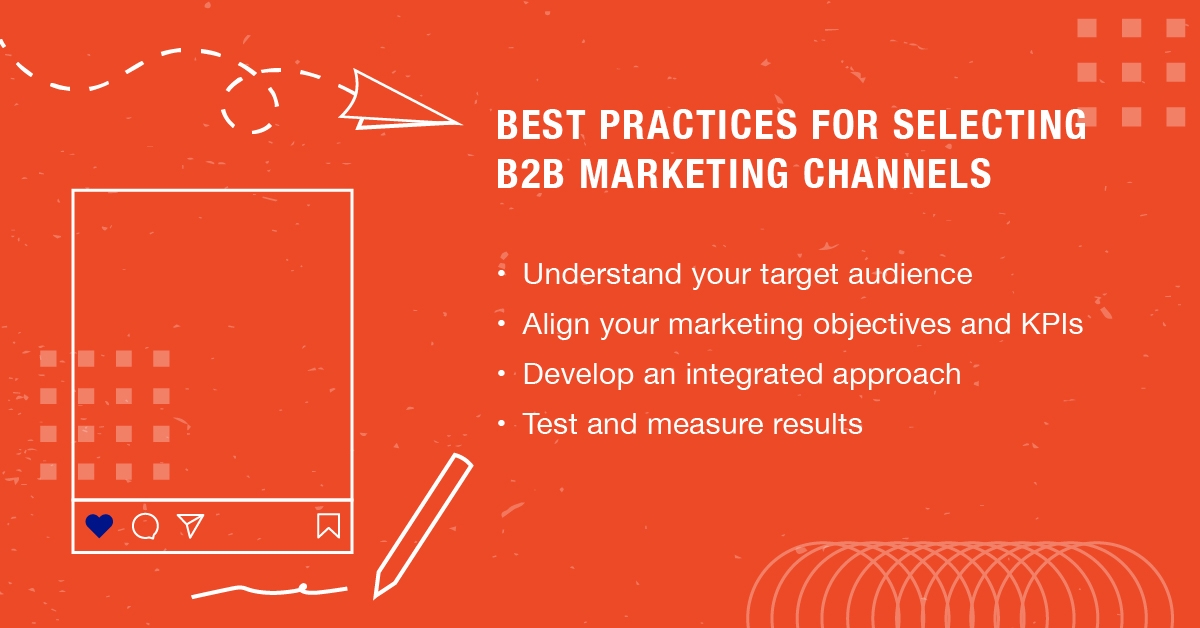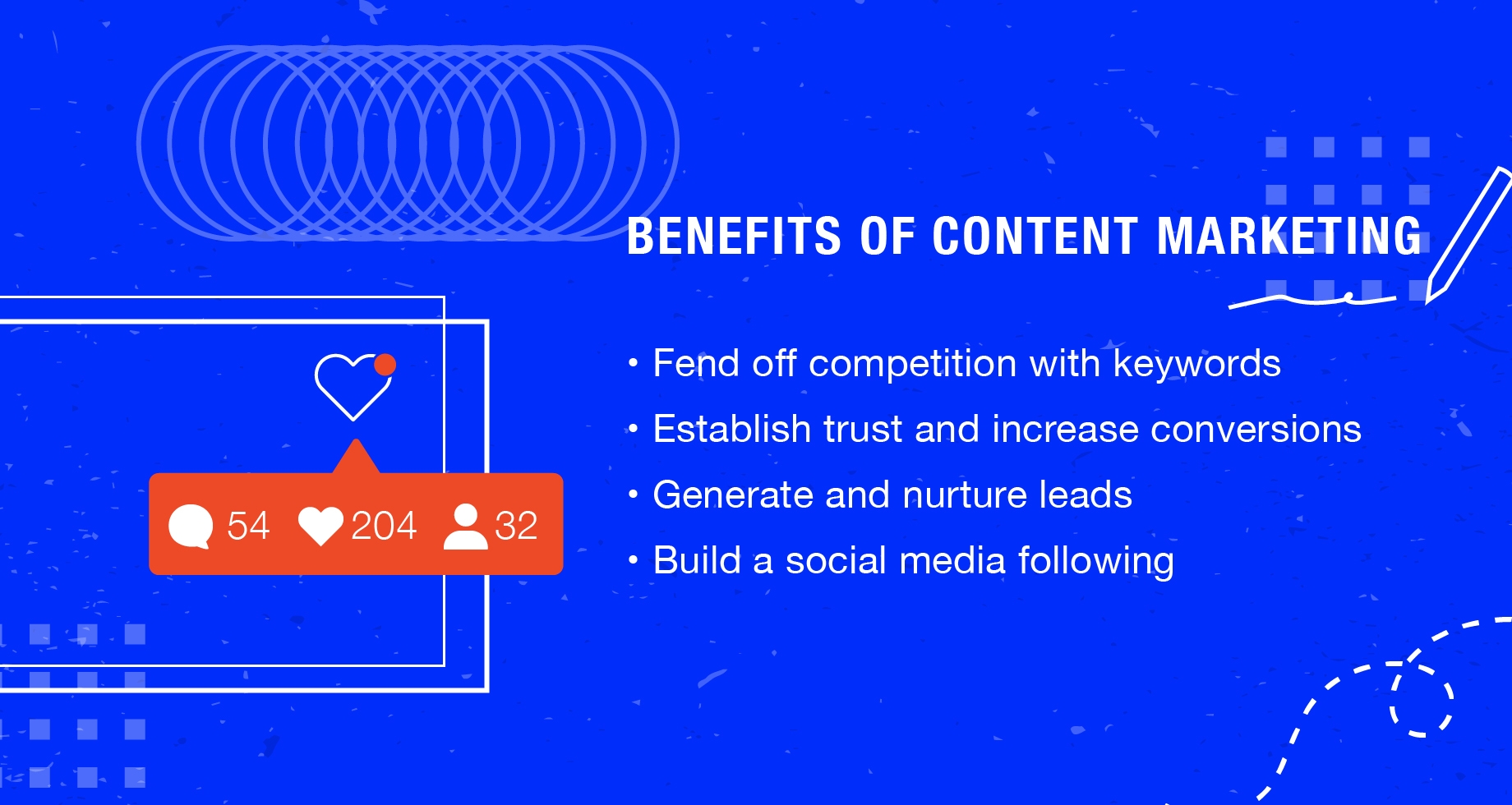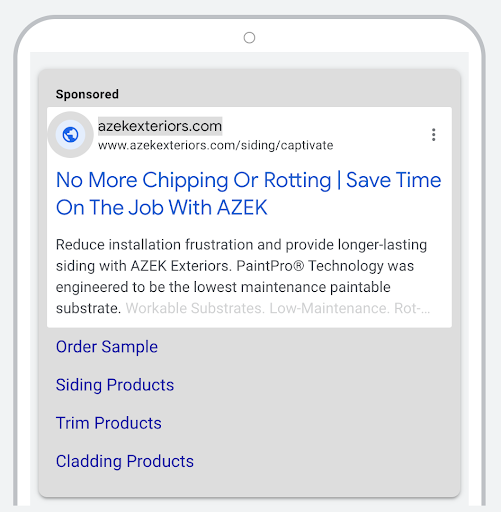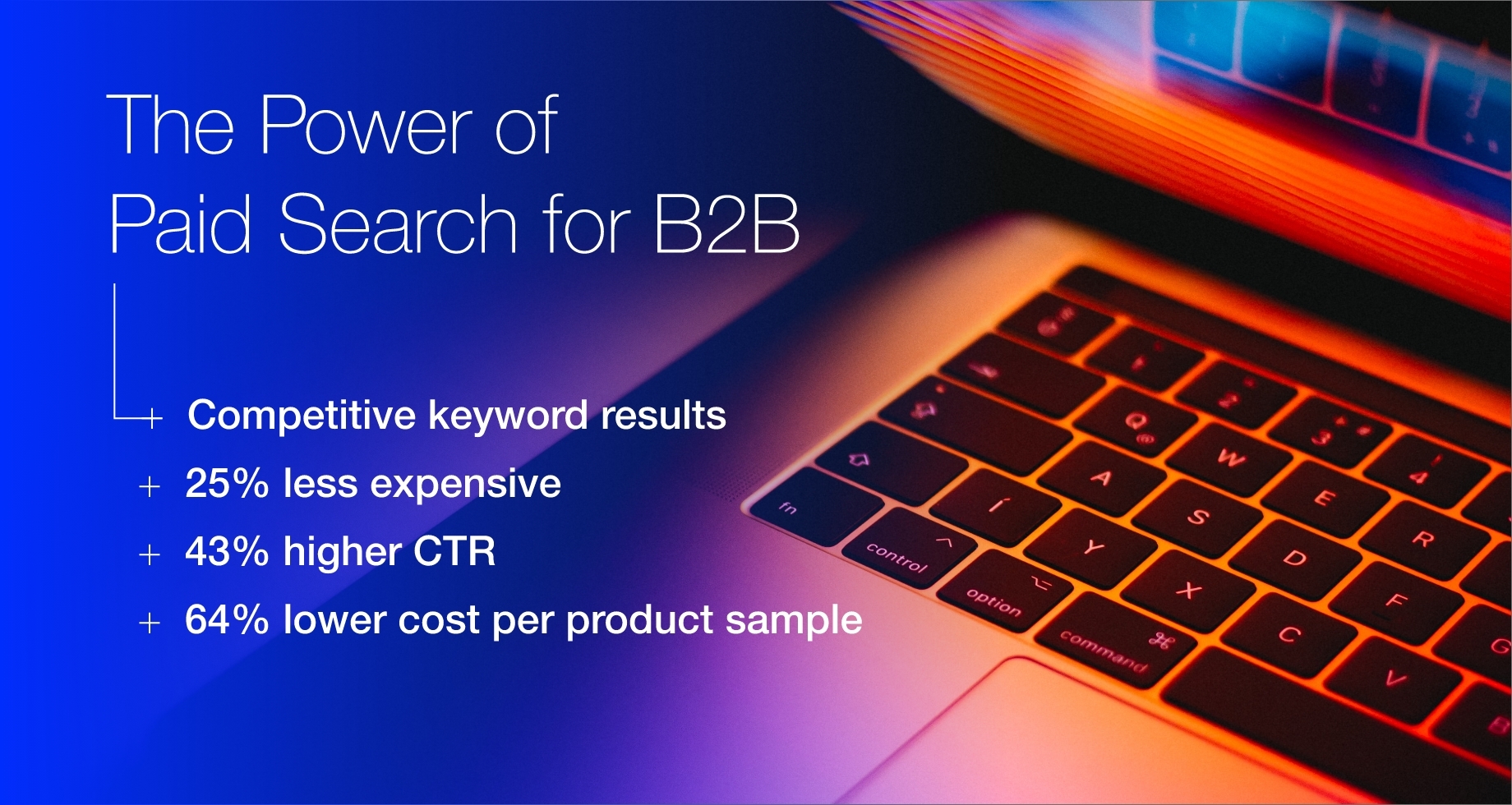Content Marketing
Search
Social Media
Media Strategy
Marketing Automation

Written By
Wray Ward
B2B advertising investments are trending upward: In 2023, total U.S. ad spend by B2B businesses is expected to reach roughly $35 billion (eMarketer). But with so many marketing channels available to reach B2B customers, how do you devise the best mix?
According to HubSpot, the top channels used by B2B marketers in 2023 include:
Social media
Websites
Blogs
Email marketing
Smart businesses employ an omnichannel approach, taking great care to ensure online and offline touch points work together to deliver a seamless, customer-centric experience.
Here are four things to consider as you build your B2B marketing strategy.
Best Practices for Selecting B2B Marketing Channels
1. Understand Your Target Audience
Personas, surveys, website analytics and other insights can help you better understand your target audience’s pain points, preferences and buying decisions. Determine who they are, what drives them and what challenges they are facing. By tailoring your approach to your audience, you can choose the channels they trust the most and increase your chances of success.
2. Align Your Marketing Objectives and KPIs
It’s critical to evaluate the success of any campaign through the lens of your marketing objectives — and to do so from the point of inception. Clearly defined goals provide clarity and focus so you can measure the right things to continually optimize your campaign. Without appropriate KPIs, you risk losing your way and wasting resources on ineffective tactics.
3. Develop an Integrated Approach
Depending on your goals, you may need different channels and tactics to reach your target audience. With 72% of customers preferring an integrated approach, it’s more important than ever to ensure your communication is consistent and correlated across channels.
4. Test and Measure Results
Marketing measurement isn’t one-size-fits-all. Your specific objectives, from brand awareness to lead generation, should guide your measurement framework. Consider what actions you want your audience to take, whether it’s learning something new, downloading a guide (in return for their email address) or making a purchase. This, in turn, should inform your KPIs and will ensure you’re tracking the right metrics to achieve your goals.








